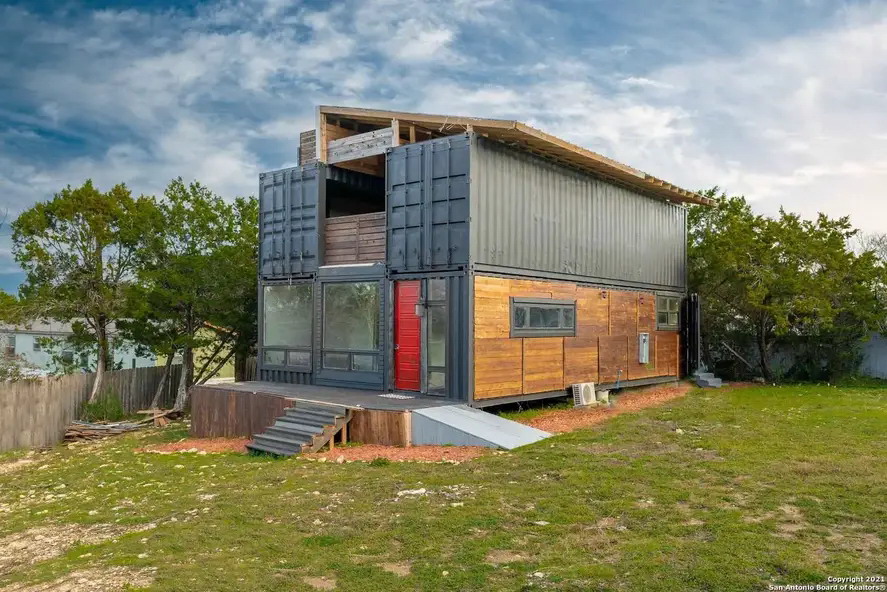When designing containerized modular homes, it is crucial to pay special attention to several key issues to ensure that the final product meets the needs of users and provides a comfortable living environment. Here are some key factors to consider when designing containerized modular homes:
Structural Stability and Safety: As portable residences, containerized modular homes must have a sturdy and reliable structure that can withstand various natural environments and ensure the safety of residents.
Space Utilization and Layout Design: In limited space, it is essential to make the most of every inch. The layout design should consider functionality, usability, and comfort to ensure residents have sufficient living space and a convenient user experience.
Energy Efficiency and Environmental Protection: Modern containerized modular home designs should focus on energy efficiency and environmental protection. They should use energy-saving materials and equipment, design reasonable ventilation and lighting systems, minimize energy consumption, and reduce environmental impact.
Exterior Design and Aesthetics: Good exterior design can enhance the overall image and aesthetic appeal of containerized modular homes, meeting people's pursuit of aesthetics, increasing comfort, and a sense of belonging.
Mobility and Convenience: As portable residences, containerized modular homes should be designed for convenience and easy relocation. They should be suitable for use in different locations and be quickly installed and dismantled.
Complete Supporting Facilities: In addition to basic living functions, the design of containerized modular homes should also consider the completeness of supporting facilities such as water, electricity, gas facilities, bathrooms, and kitchens, ensuring residents' convenience and comfort.
when designing containerized modular homes, it is necessary to consider multiple aspects such as structural stability and safety, space utilization and layout design, energy efficiency and environmental protection, exterior design and aesthetics, mobility and convenience, and complete supporting facilities. This ensures that the final product meets user needs and provides a high-quality living experience.
